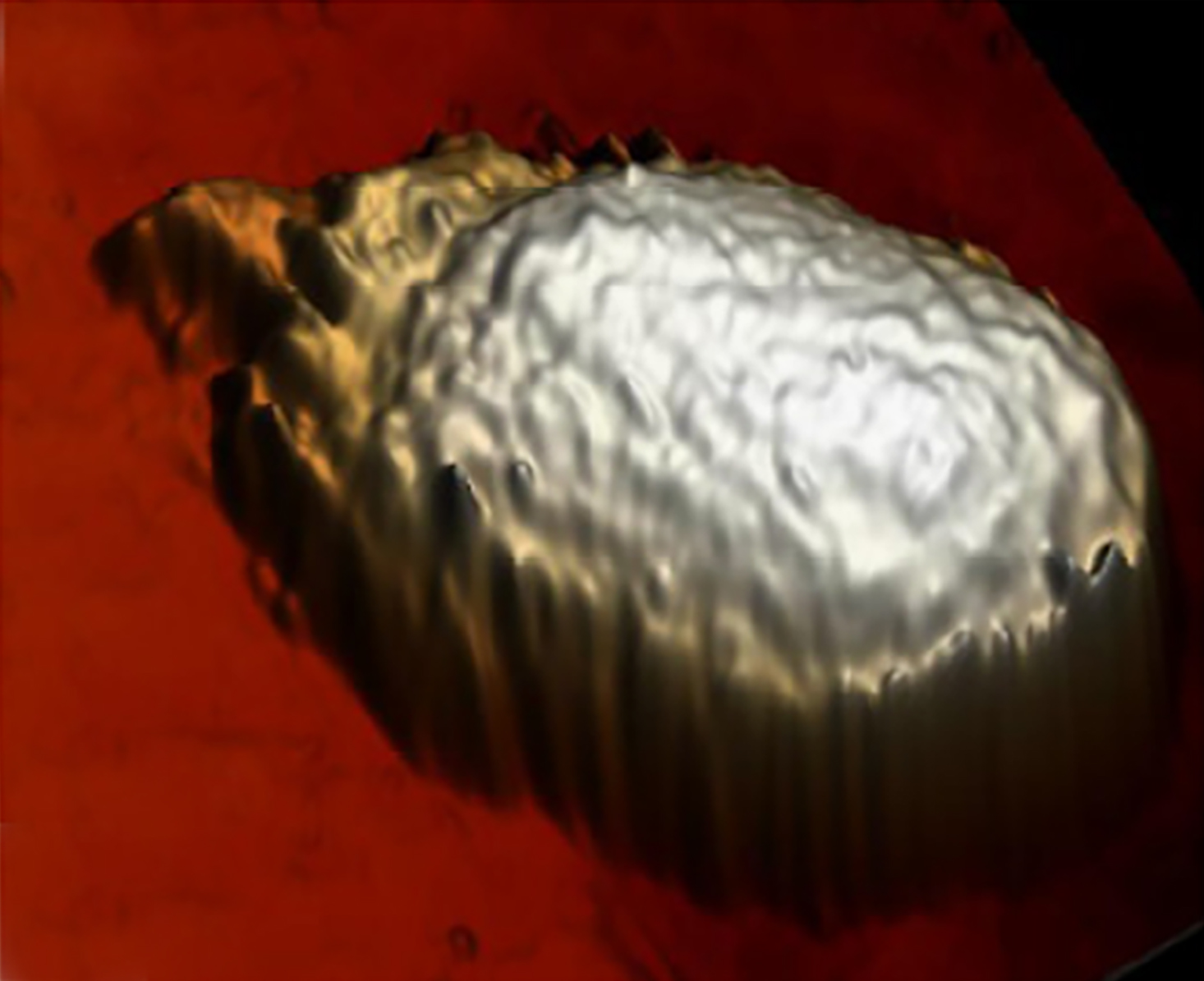This strategic partnership will place the University of Sydney in a leading position internationally to advance nanomedicine, gene therapies and the early detection, treatment and prevention of disease.
Imagine a future where samples as tiny as single cells or clusters of molecules can lead to medical diagnoses and treatments are tailored specifically to your body. Known as precision medicine, it’s the ultimate in bespoke health service—and it’s on the horizon.
Researchers at the University of Sydney have taken a significant stride forward in precision medicine, with the University today announcing a five-year research partnership with Bruker, a world-leading manufacturer of high-performance scientific instruments.
Under the partnership, the University will acquire two atomic force microscopes made by Bruker to add to its impressive stable of world-class research facilities. The new-generation microscopes are slated for installation next month.
The first of their kind in Australia, these systems are customised to perform highest resolution imaging of living biological samples, visualise dynamic molecular mechanisms and quantify cellular and biomolecular interactions. Advanced automation capabilities make them ideal for biomedical and preclinical research.
As part of the University’s core research facilities, the microscopes will be available for hire to industry partners and to support research.
The driving force behind the partnership is Dr David Martinez Martin, Senior Lecturer in Biomedical Engineering at the University of Sydney. He said: “This kind of genuine, innovative collaboration between academia and industry is essential to address societal challenges in the area of health and beyond.”

The University of Sydney will become home to two atomic force microscopes under a new partnership with Bruker to power innovation in nanomedicine. Bruker will provide resourcing to support collaborative research led by Dr David Martinez Martin as part of a bilateral commitment to advancing nanomedicine. Image courtesy of Bruker BioAFM.
An accomplished physicist and innovator, Dr Martinez Martin is a globally recognised inventor of new technologies, and has had a long-standing collaboration with Bruker in the atomic force microscopy area.
He said: “I started collaborating with Bruker’s team about a decade ago to boost the performance of atomic force microscopes. Working with industry exposed me to perspectives outside of academia that are highly beneficial for developing impactful research and enriched me significantly as a researcher and innovator.”
The University’s investment in the partnership will boost Dr Martinez Martin’s work and place the University of Sydney in a leading position internationally to advance nanomedicine, gene therapies and the early detection, treatment and prevention of disease. As part of the collaboration, Bruker will provide resourcing to support collaborative nanotechnology projects driven by Dr David Martinez Martin.
Atomic force microscopy allows scientists to analyse and manipulate live cells and materials at the nanoscale, even molecule by molecule. It can also enable the identification of new biomarkers, or biological signatures, of a range of infectious diseases and cancers.
It does this by using a laser to measure the physical interaction of the microscope’s sensor with a sample at the scale of a billionth of a metre.
“It’s great to see my work seeding a larger partnership to support advanced research in nanomedicine and atomic force microscopy. I’m grateful to my University colleagues and to Bruker for making this partnership a reality,” continued Dr. Martinez Martin.
Professor Simon Ringer, Pro Vice Chancellor (Research Infrastructure), an architect of the University’s Strategic Partnerships Policy, said: “These capabilities will bring our community to the frontiers of nanomedicine and nanofabrication, which are the foundations of next-generation precision medicines. The potential for societal benefits from this partnership in terms of health advances are impressive and exciting.”

Bacteriophage Phi29 is a virus that infects bacteria. It is also among the smallest viruses known. It has an equatorial diameter (width) of approximately 45 nanometres. Image acquired in liquid environment with atomic force microscopy by Dr David Martinez-Martin.
The new atomic force microscopes will be housed on the University of Sydney’s Camperdown campus within Sydney Microscopy and Microanalysis, an open-access core research facility where Dr Martinez Martin is Deputy Director. Sydney Microscopy and Microanalysis hosts a range of nanotechnology instrumentation and is one of eight core research facilities at the University that are open to industry usage and partnerships.
Sydney Microscopy and Microanalysis is the University of Sydney node of Microscopy Australia, a consortium of university-based microscopy facilities, supported by the Australian government’s National Collaborative Research Infrastructure Strategy (NCRIS), that makes advanced microscopy facilities accessible to all Australian researchers and businesses.
Director of Sydney Microscopy and Microanalysis, Associate Professor Filip Braet, said: “Embedding these first-in-Australia microscopes within our core research facilities will ensure that they are available to any researchers who need them, paving the way for exciting homegrown discoveries across a range of different projects and scientific disciplines.”
Dr Martinez Martin is excited by the potential that the atomic force microscopes offer. “As someone with a track record as an inventor and innovator, I can confidently say that this partnership with Bruker will strengthen our health and nanotechnology innovation ecosystems. The future of medicine and nanotechnology is exciting, and this partnership will empower us to create it.”
Dr David Martinez Martin, deputy director of Sydney Microscopy and Microanalysis, is an accomplished innovator who holds 19 granted patents, 17 of which have been licensed or assigned to industry. Image: University of Sydney
February 13, 2024